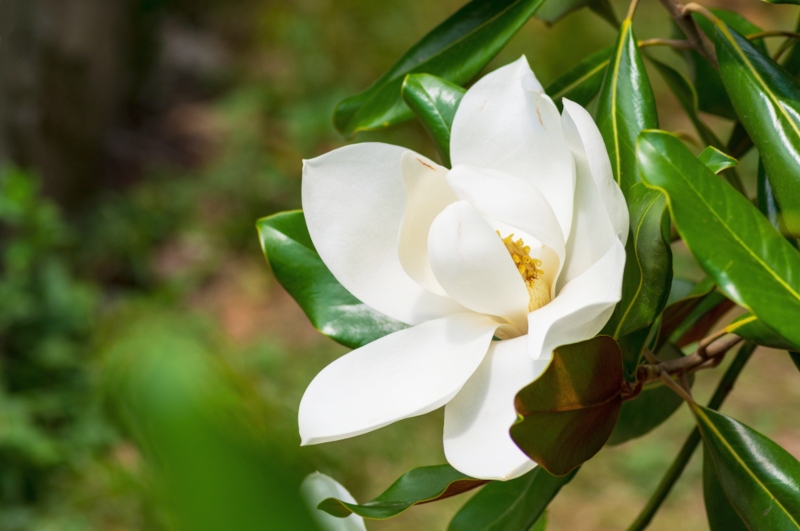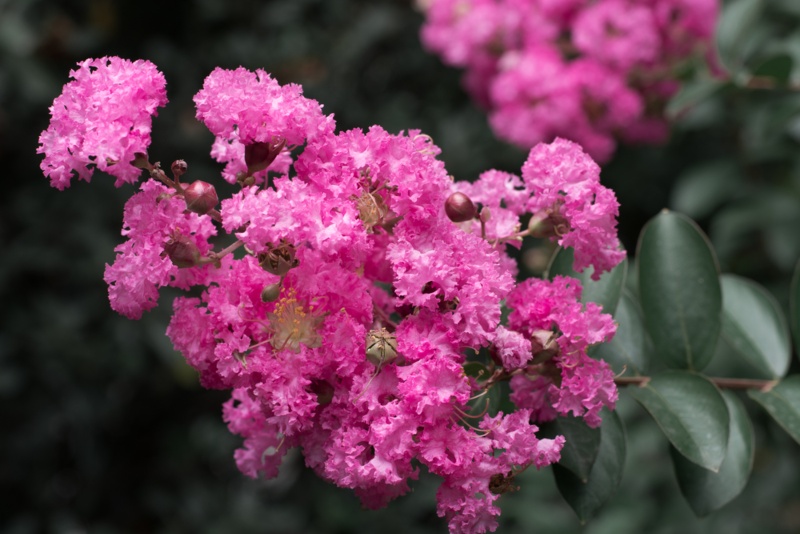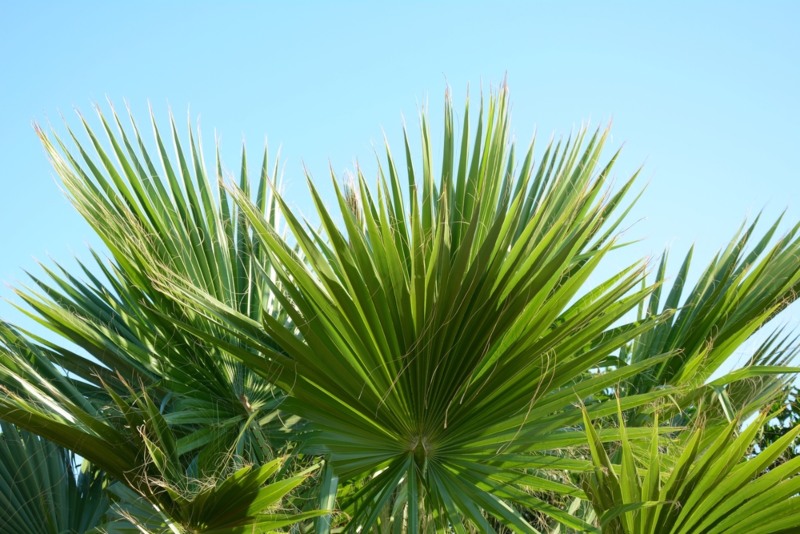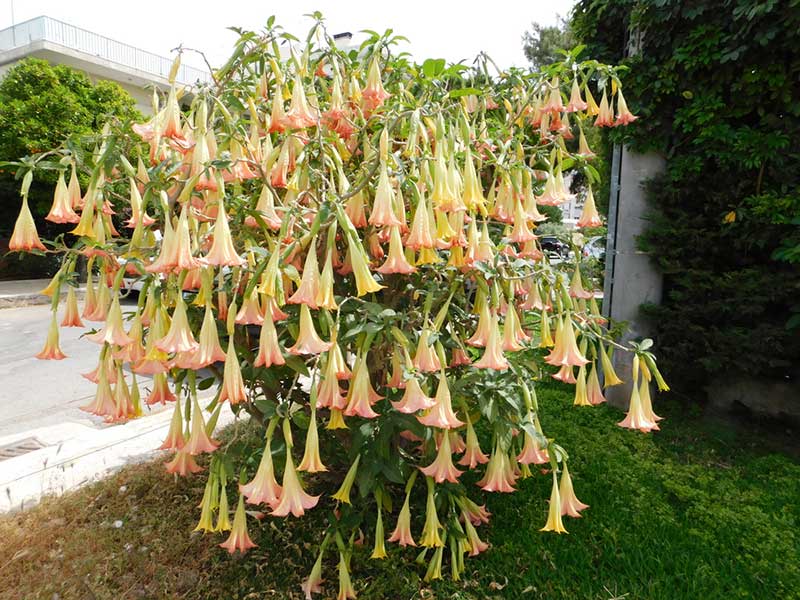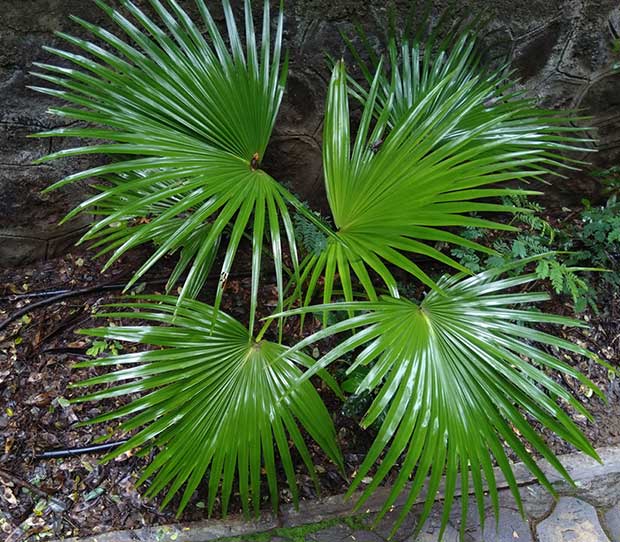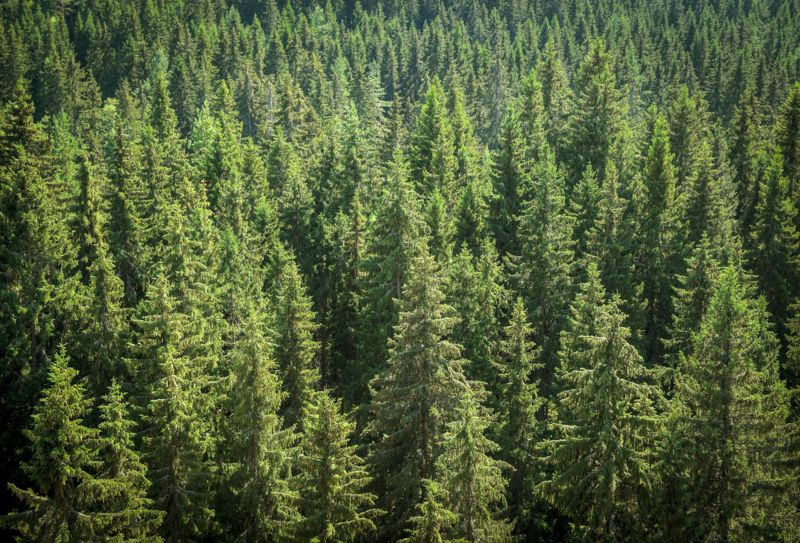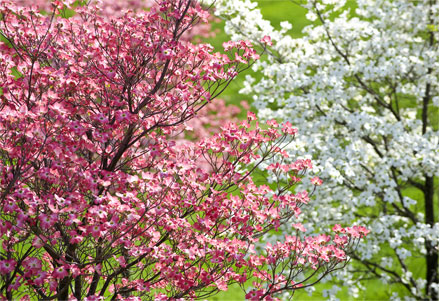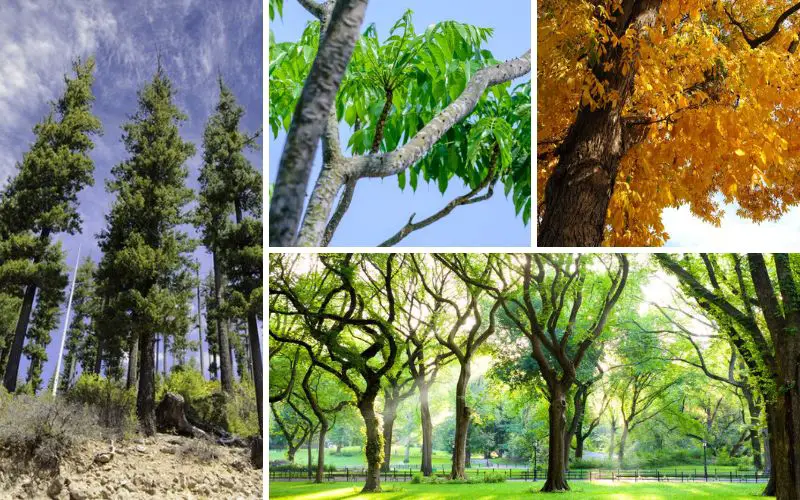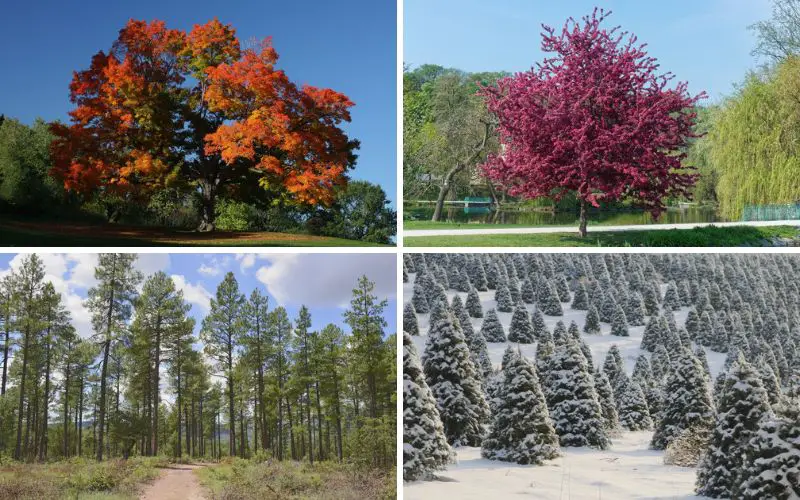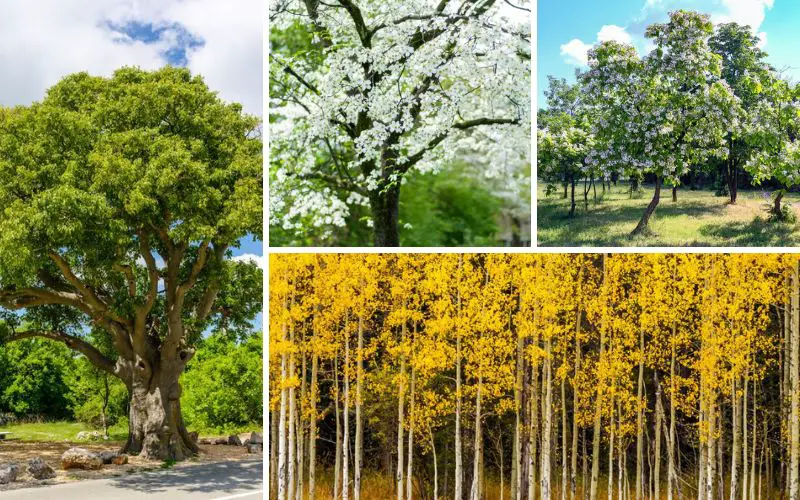
Michigan is a fantastic state that is home to amazing rivers, lakes, and plenty of forest regions. Many trees can thrive well in this state, providing homeowners and others with many unique growing opportunities.
Here are the 10 best trees to grow in Michigan, including information that should help make this process easier for you.
American Beech
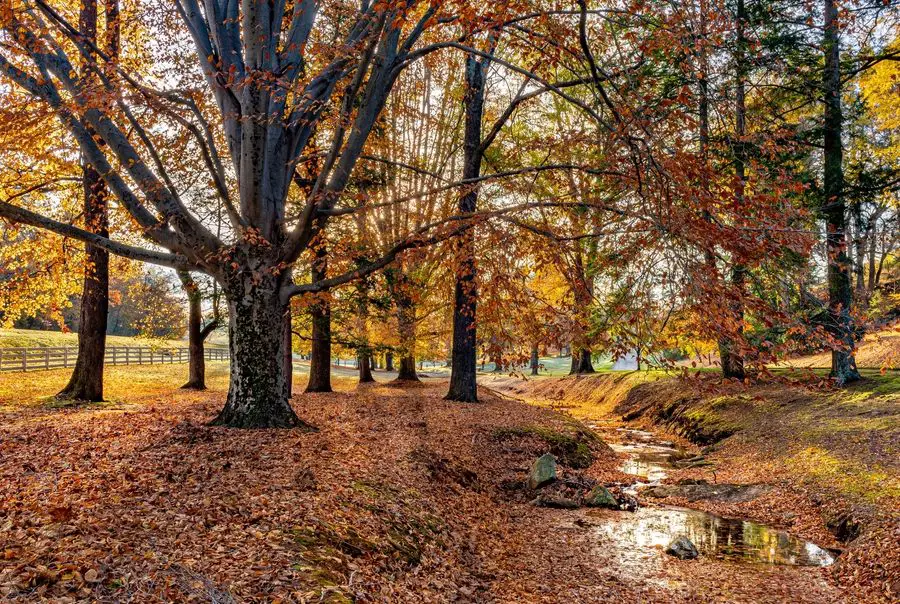
The American Beech is a popular plant in Michigan because it grows easily and in many soil types. The Beech typically grows fairly large and has a silver-colored bark that makes it easy to spot. Their leaves change color in the winter from a light green to a dark red, making them very appealing.
Typically, the Beech has a high growth range, meaning that its branches grow fairly high up the tree. As a result, they’re good trees for open yards and can provide shade or comfortable sitting spots. They’re commonly found along Michigan’s many rivers, lakes, and streams.
- Scientific name: Fagus grandiflora
- Plant Type: Deciduous
- Plant Size: 80-100 feet
- Sun Exposure: Full sun
- Bloom Time: Spring and summer
- USDA Plant Zone: 4-9
Aspen
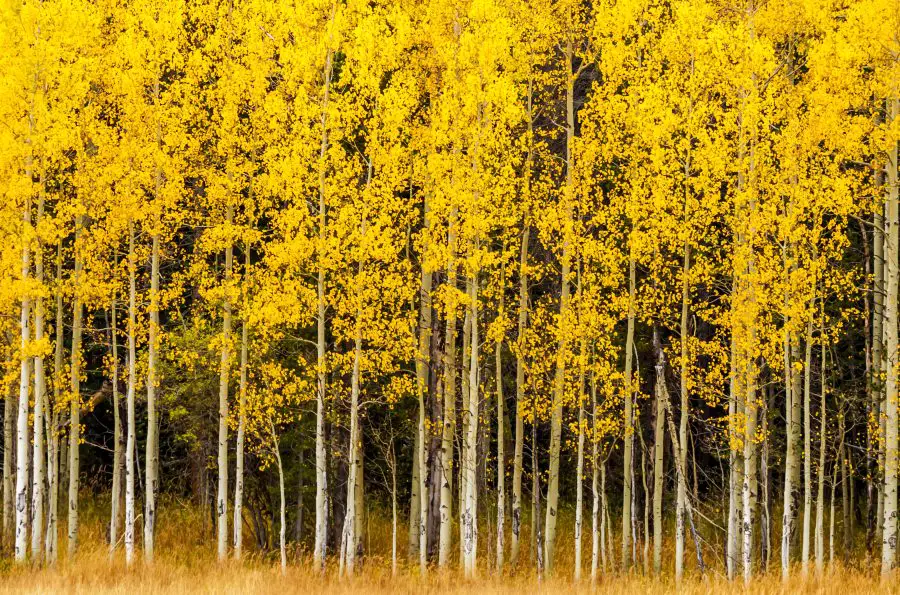
The white Aspen is a staple of Michigan forests and has a very smooth bark with trademark silver bumps along the edges. The Aspen’s leaves have a rounded shape with rough edges that make them easy to spot. They’ll turn yellowish-gold in the fall and create fantastic colors for leaf spotters.
Note that Aspens typically have large branching patterns towards the top, with pyramid-shaped crowns. This growing pattern makes it easy for Aspens to spread heavily and create a dense population. Most thrive in varying soil conditions and require minimal maintenance.
- Scientific name: Populus davidiana
- Plant Type: Deciduous
- Plant Size: 50-80 feet
- Sun Exposure: Full sun
- Bloom Time: Summer
- USDA Plant Zone: 1-6
Basswood
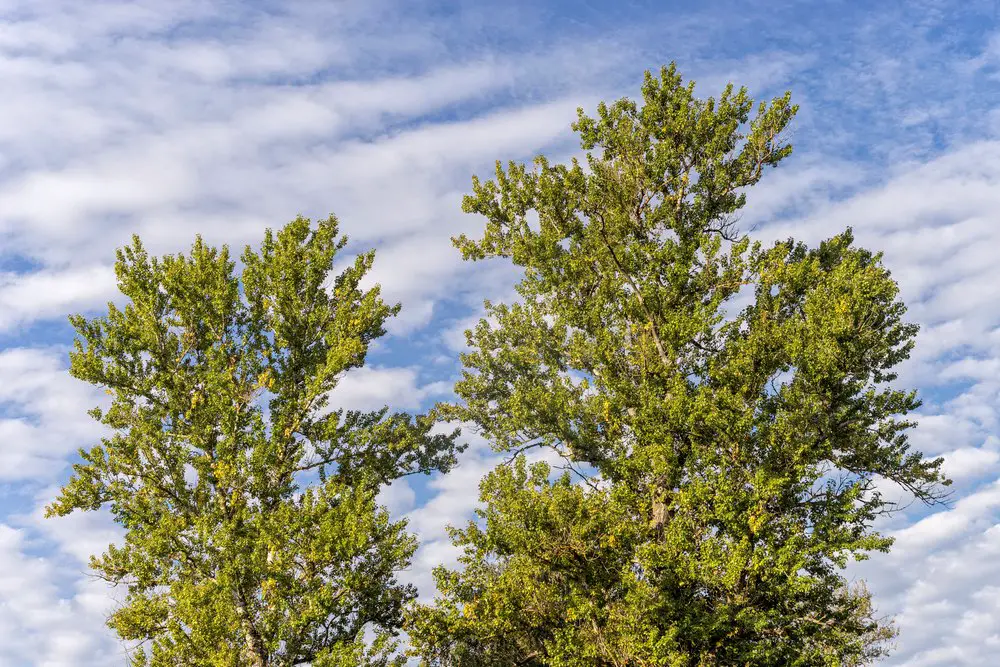
The Basswood or American Linden provides an attractive yard tree that grows well in just about any region in Michigan. Known for its pleasant fragrance, the Basswood will attract butterflies and bees to your yard.
Basswood produces attractive, serrated leaves with a heart shape and little “hair” that grows along the veins. The green foliage will turn light yellow to dark gold throughout the winter. The attractive white and yellow flowers are cute enough to enliven any yard.
- Scientific name: Tilia americana
- Plant Type: Deciduous
- Plant Size: 65-70 feet
- Sun Exposure: Full sun to partial shade
- Bloom Time: Late spring to late summer
- USDA Plant Zone: 3-8
Boxelder Maple
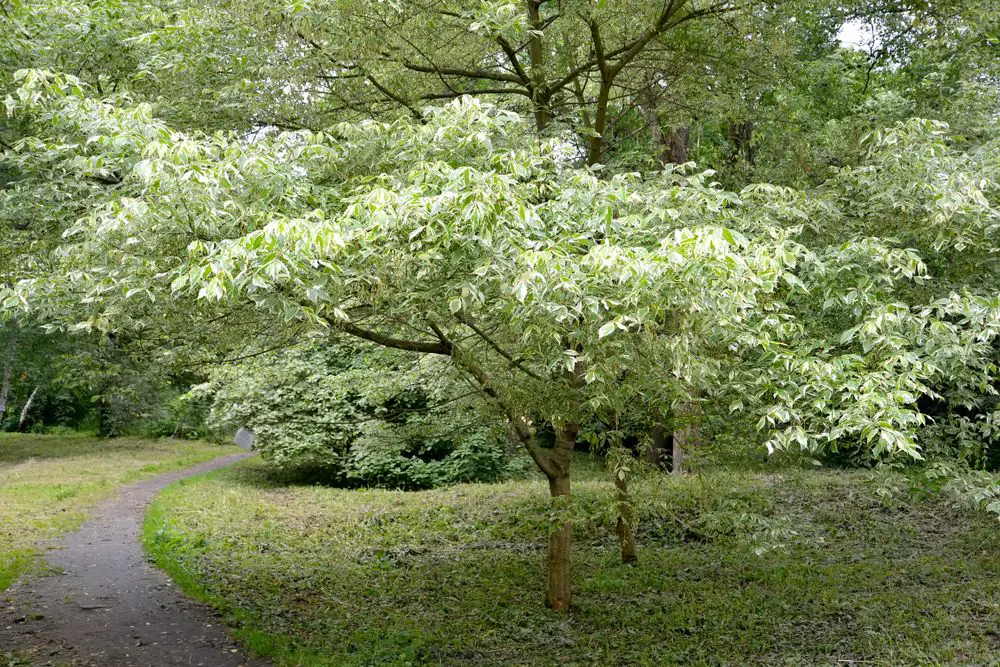
The Boxelder Maple is known as a fast-growing species that pops up along river flood plains and along lake shores. Its multi-trunk system produces a round canopy of leaves to produce a useful shade, privacy, or sheltering tree option.
Boxelder leaves typically emerge in the early spring, while flowers pop out around the same time. Their fruit usually ripens in late summer and will shed through autumn and winter.
- Scientific name: Acer negundo
- Plant Type: Deciduous
- Plant Size: 35-60 feet
- Sun Exposure: Full sun to partial shade
- Bloom Time: Early spring to mid-summer
- USDA Plant Zone: 2-9
Butternut
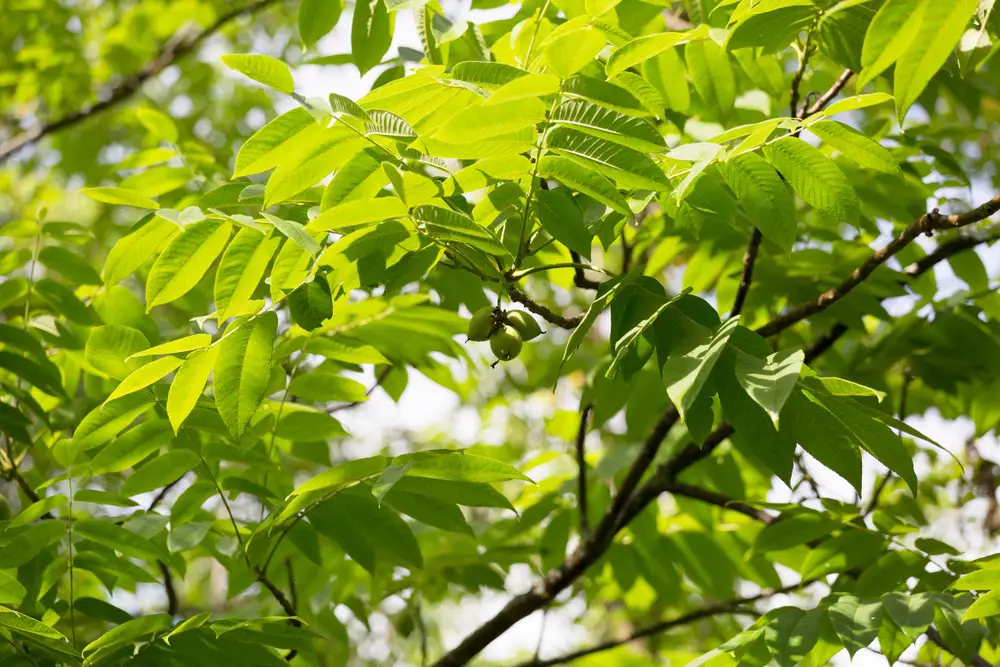
The Butternut is an attractive deciduous tree grown regularly for its tasty nuts and its attractive color. It has a yellow and orange tint to its leaves that is often used to produce various dyes. Thankfully, the butternut grows to a medium height and shouldn’t overwhelm most yards.
Each Butternut produces several leaves that contrast beautifully with the gray back common with this tree. The egg-shaped fruit is the butternut, which is not a true nut. Instead, it is a hard seed with a nice taste and oily texture.
- Scientific name: Juglans cinerea
- Plant Type: Deciduous
- Plant Size: 40-60 feet
- Sun Exposure: Full sun
- Bloom Time: Summer through fall
- USDA Plant Zone: 3-7
Catalpa
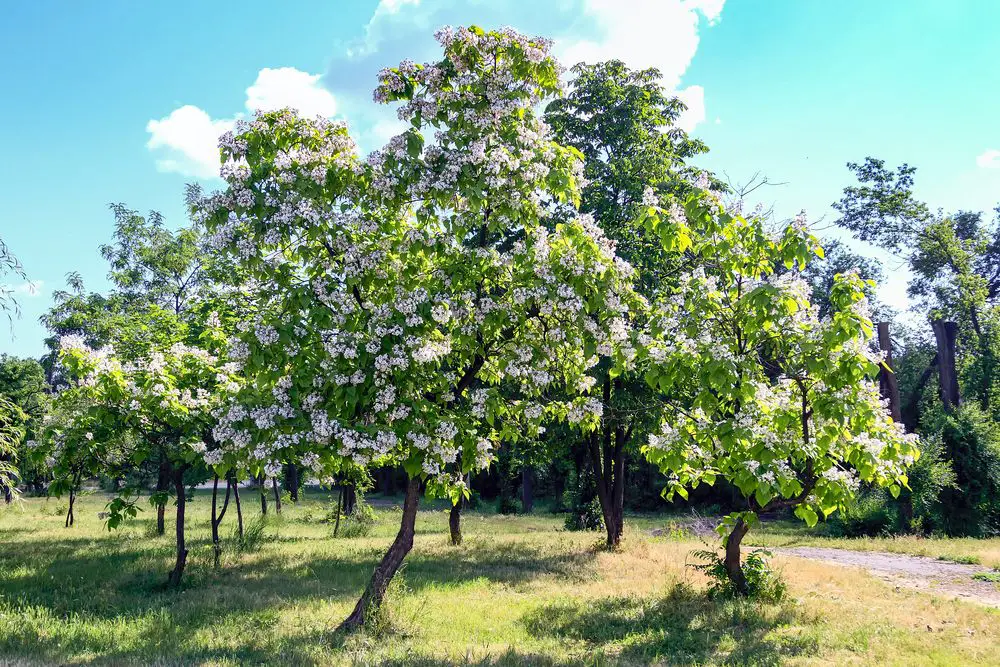
Catalpa trees are attractive decorative trees that can grow fairly large while producing white flowers with long seed pods. They spread throughout many parts of Michigan and typically need little water to thrive. Their hardy nature makes them adaptable to multiple soil types as well.
They’re typically easy to spot due to their drooping seed pods, which may shed onto the ground in the early fall. Their heart-shaped leaves can grow to be up to 10 inches long and will change various colors throughout the winter.
- Scientific name: Catalpa speciosa
- Plant Type: 50-70 feet
- Plant Size: 40-70 feet
- Sun Exposure: Full sun
- Bloom Time: Late spring to mid-summer
- USDA Plant Zone: 4-8
Eastern White Pine
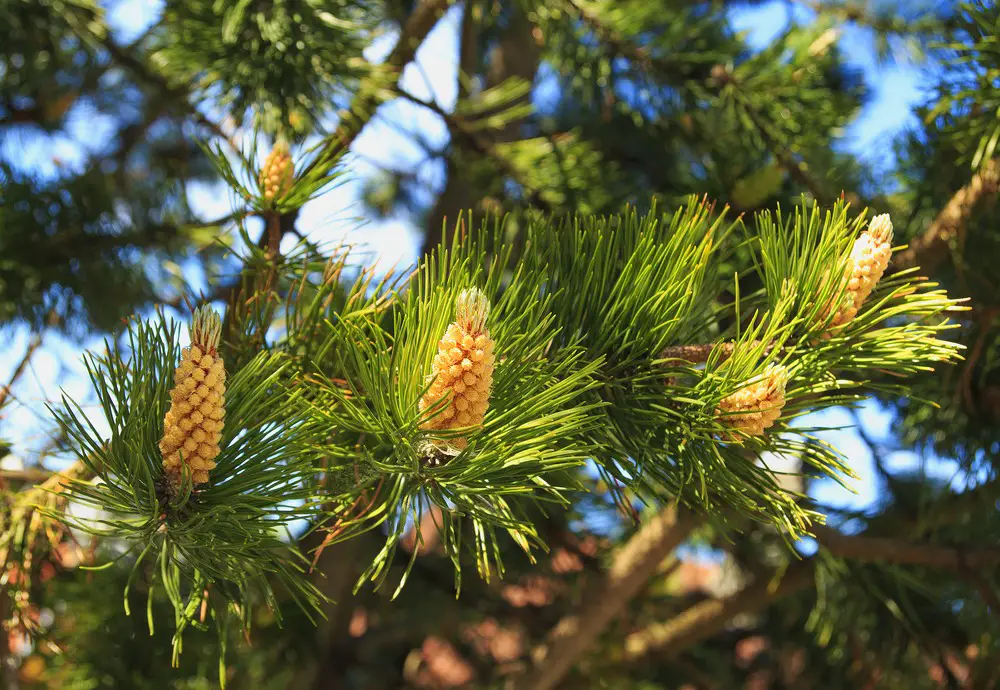
The Eastern White Pine is widespread throughout all of America east of the Mississippi River and a few states west of it. Its conical shape makes it a popular Christmas tree option, though one in your yard may also house various animals, like squirrels, birds, and more.
The White Pine can grow very large, fairly quickly, though it won’t reach its maximum height for at least 50 years or more. It enjoys a cool and humid environment and grows well in just about every soil. Note it does have a risk of pollen release that may trigger allergies.
- Scientific name: Pinus strobus
- Plant Type: Evergreen
- Plant Size: 60-150 feet
- Sun Exposure: Full sun to partial shade
- USDA Plant Zone: 3-8
Flowering Dogwood
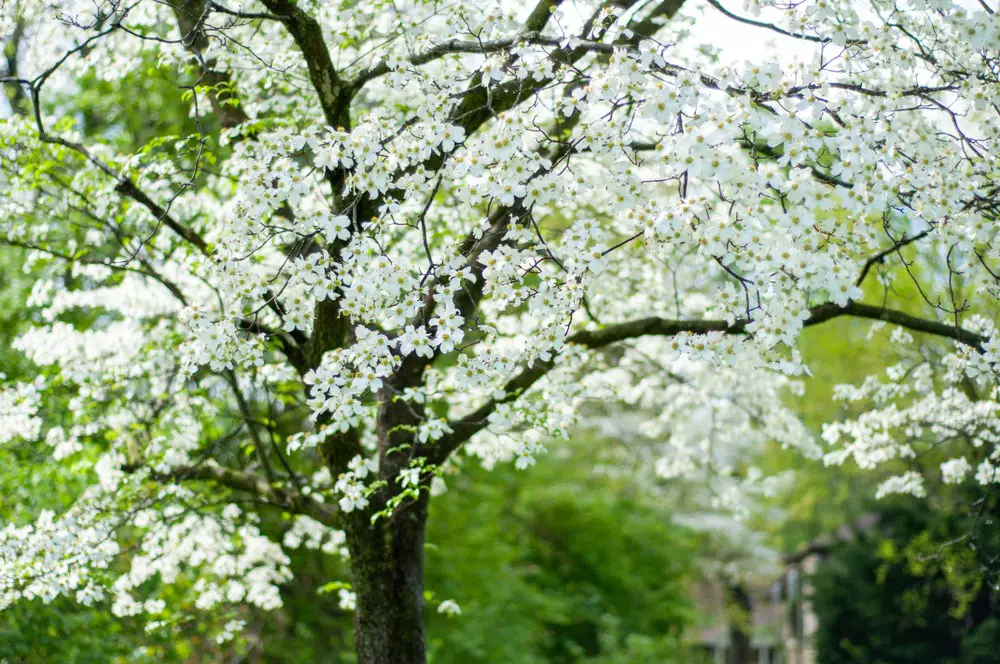
If you want a tree that will really make your yard zing, plant a Flowering Dogwood. It is Missouri’s state tree but is spread throughout much of North America. It thrives best in southern Michigan near the Indiana and Ohio borders. When in bloom, it produces a beautiful pink and white appearance that you’ll never forget.
The Flowering Dogwood typically does well in slightly warmer areas, though the soil should be kept moist and cool. Keep the soil well drained and water it regularly during dry seasons. They are particularly well-suited to areas near river banks or streams but not in drenched or flooded areas.
- Scientific name: Cornus florida
- Plant Type: Deciduous
- Plant Size: 30-50 feet
- Sun Exposure: Full sun to shade
- Bloom Time: Early spring to summer
- USDA Plant Zone: 5-9
Hackberry
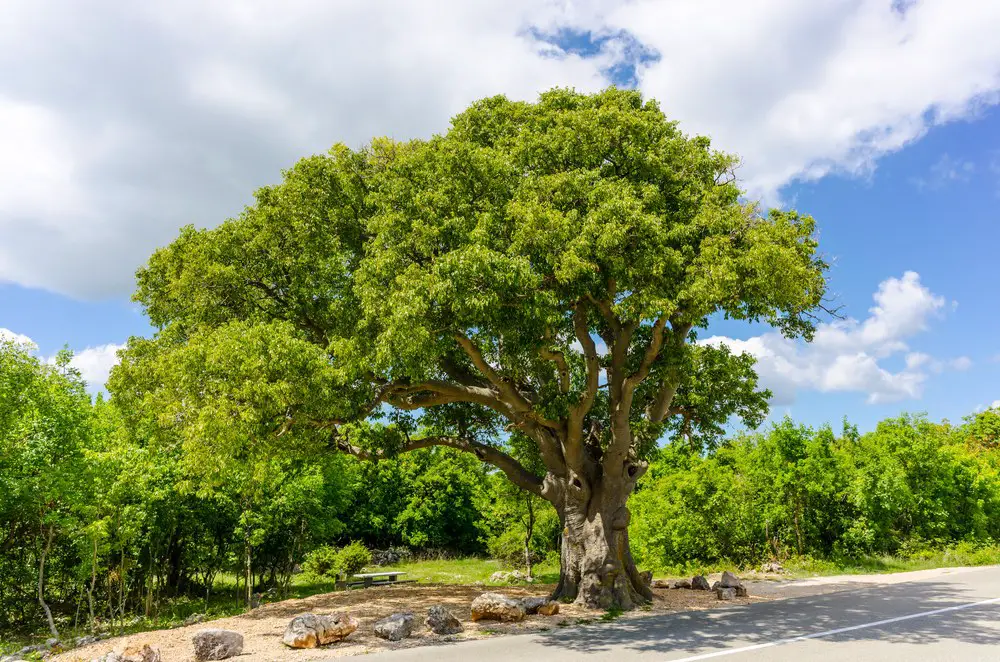
Though you might not know much about the Hackberry, it is a popular mid-sized tree that fits well in many Michigan yards. Rarely growing over 40 feet, it can fit comfortably alongside your home and produce shade and wind protection.
They have a fairly distinctive bark with a light color that tinges towards a yellowish-gray texture. Their ovate leaves have a dull-green appearance that typically brightens into red or pink when winter comes. Their overall look and feel is very cozy and compact enough for many yards.
- Scientific name: Celtis occidentalis
- Plant Type: Deciduous
- Plant Size: 30-50 feet
- Sun Exposure: Full sun
- Bloom Time: Early spring to late summer
- USDA Plant Zone: 3-9
Sweet Cherry
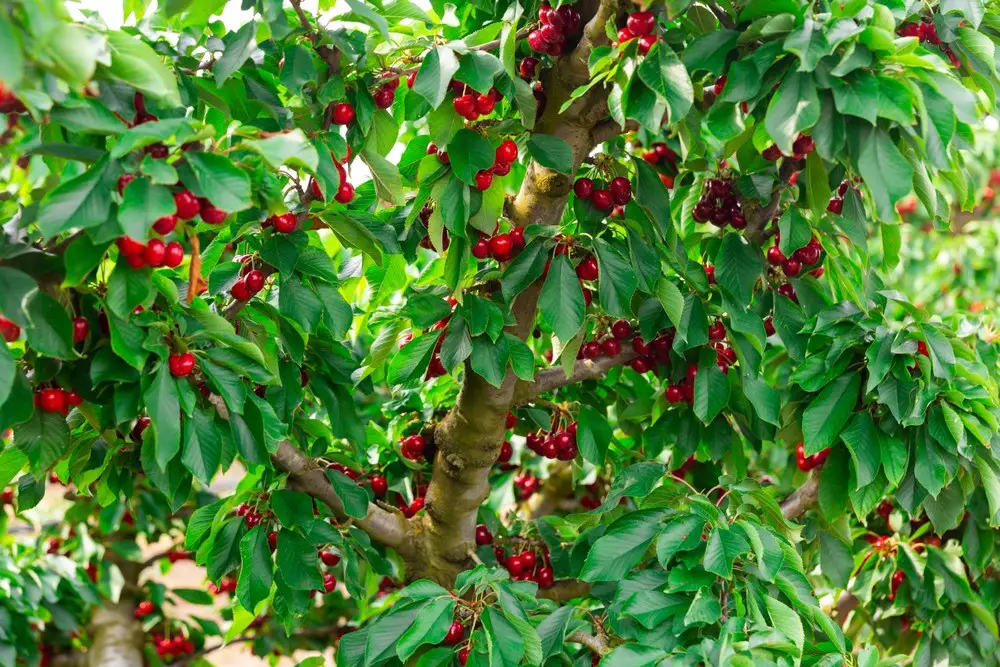
The sweet or Bird Cherry tree originally grew throughout southern Europe, western Asia, and northern Africa before being transplanted to America. It is a tough tree that can survive many types of weather and soil types, including colder Michigan winters.
Sweet Cherry produces an attractive berry that will bring birds to your yard. Even better, their green leaves will turn orange, red, and pink before falling off. As a result, this is a great tree for decorative purposes or for attracting animals to your area.
- Scientific name: Prunus avium
- Plant Type: Deciduous
- Plant Size: 45-90 feet
- Sun Exposure: Full sun
- Bloom Time: Winter through spring
- USDA Plant Zone: 3-8





